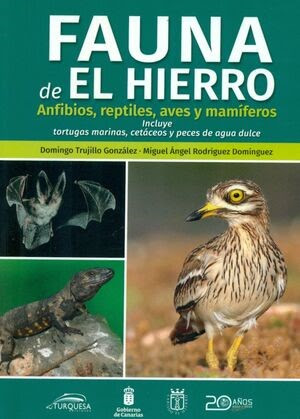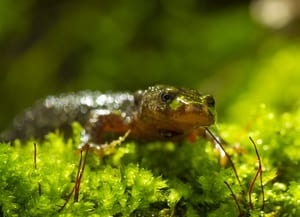This paper provides an overview of the last 40 years of use, and in many cases abuse, of the natural resources in Catalonia, a country that is representative of European countries in general, and especially those in the Mediterranean region. It analyses the use of natural resources made by mining, agriculture, livestock, logging, fishing, nature tourism, and energy production and consumption. This use results in an ecological footprint, i.e., the productive land and sea surface required to generate the consumed resources and absorb the resulting waste, which is about seven times the amount available, a very high number but very similar to other European countries. This overexploitation of natural resources has a huge impact on land and its different forms of cover, air, and water. For the last 25 years, forests and urban areas have each gained almost 3% more of the territory at the expense of agricultural land; those municipalities bordering the sea have increased their number of inhabitants and activity, and although they only occupy 6.7% of the total surface area, Leer más.





La reciente obra puesta a la venta con el título «Fauna de El Hierro» de los autores Domingo Trujillo González y Miguel Ángel Domínguez, publica los casos reportados de reptiles introducidos no establecidos. Se citan siete especies exóticas y una especie introducida de otra isla Canaria. Leer más.

La Unió Europea ha concedit dos anys de pròrroga al projecte Life Tritó Montseny, desenvolupat inicialment durant el període 2016-2020. Amb aquesta pròrroga es pretén assolir els objectius marcats per al total de les quaranta-nou accions previstes a l’inici del projecte així com consolidar l’aplicació de bones pràctiques de conservació. Un cop finalitzin els dos anys el desembre del 2022, la conservació d’aquest amfibi endèmic i el manteniment del seu hàbitat continuaran sent un eix de treball primordial del Parc Natural i Reserva de la Biosfera del Montseny. Leer más.

En esta época ya están, incluso hay alguna cita de diciembre», afirma Juan Ignacio Deán Pinedo, biólogo y miembro de Gorosti y SEO / BirdLife. Durante estas fechas, la rana bermeja, que es una especie «muy tempranera», acude a las charcas de la zona prepirenaica y pirenaica de Navarra para llevar a cabo el apareamiento y desove de los renacuajos. Leer más.

Published in the journal Microbiology, the research identified a number of bacteria which could growth of the fungus Batrachochytrium dendrobatidis (Bd). One particularly dangerous strain of the fungus, called BdGPL-2, is responsible for mass amphibian die-offs around the world. Leer más.






